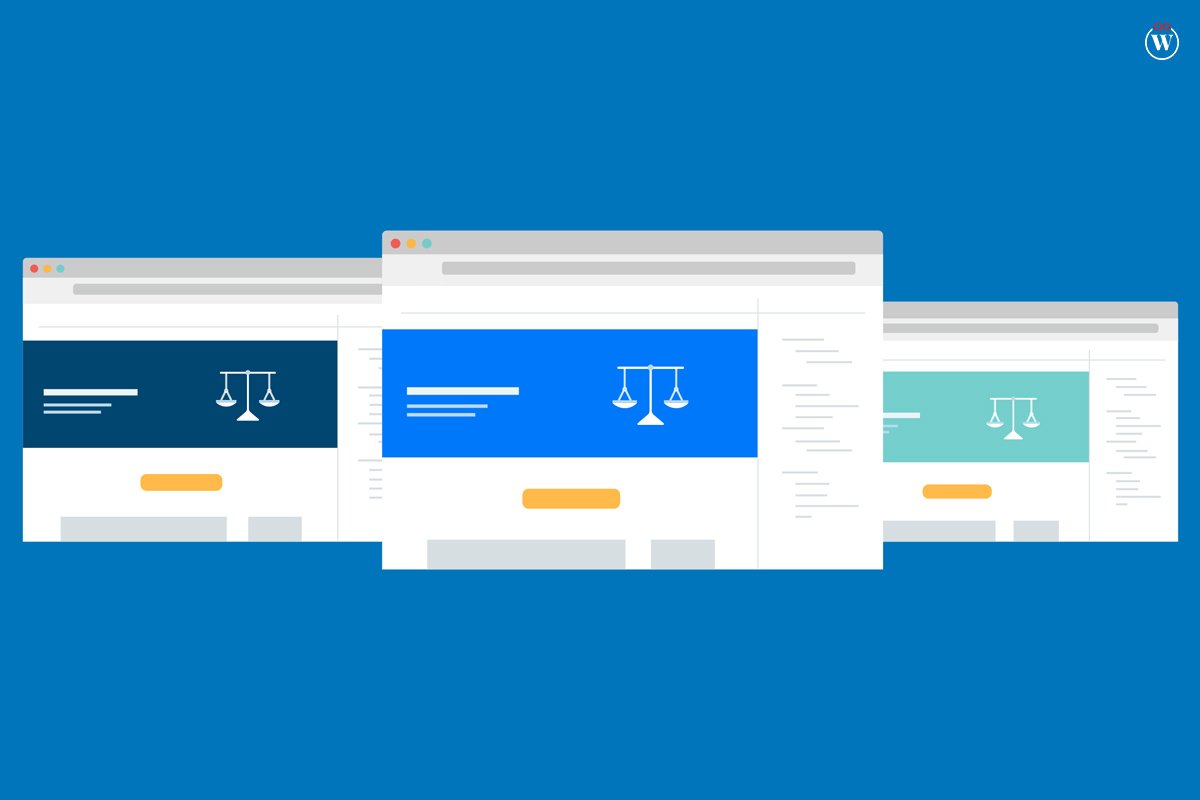Your practice needs to have a well-designed website if you practice Family Law Attorney Website Design Factors. Regardless of how well-established your firm is, you can always stand to sharpen up your online presence. According to WebFX, “95% of website credibility comes from design,” which means that initial impressions are heavily influenced by the aesthetics of a site. This is because clients associate a law firm with a professional and trustworthy website design more so if it specializes in family law.
Furthermore, a user-friendly website makes it far less of a hassle for visitors to get the specific data they need. A user-friendly website loads pages quickly have relevant and interesting content, is simple to navigate, is responsive to mobile devices, and makes good use of search engine optimization (SEO) techniques like keyword research. Six of the most important aspects of a family law attorney’s website that may be improved to attract and retain clients are discussed in this article or Family Law Attorney Website Design Factors.
Here are the Top 6 Family Law Attorney Website Design Factors;
1) Engaging and Helpful Content
Website content may take several forms, such as text, images, audio, and video. All of these types of material on a website are useful for informing potential customers about the family law services you provide. All of the information on your legal website should be designed to do three things: inform, educate, and persuade. This may be accomplished via the production of a wide variety of online content types like Family Law Attorney Website Design Factors.
Stats sprinkled liberally across your site are excellent examples of useful information.
Content that teaches its audience something new could take the shape of a short film offering more explanation of the subject at hand, or it might include some contextual history or other contextual background information on the subject.

Persuasive content might contain instructions, explanations of why something works or doesn’t, and successful and failed case studies related to the issue at hand.
A thriving family law firm may be directly attributed to the website’s informative and engaging content. The quality of website content is crucial to the overall effectiveness of the site. It’s a great tool for informing and convincing potential customers that your family law service is the best option for them to Family Law Attorney Website Design Factors.
2 ) Keyword Analysis
76% of users, according to studies, check out a company’s website before deciding whether or not to utilize that company. To increase the number of individuals who stumble on your website while looking for services or information relevant to family law, search engine optimization (SEO) is crucial. If you take the effort to include appropriate keywords in your online content, Google will see you as a more respectable website.
Keyword use should be consistent throughout the material. To find popular keywords to include in your content, you may use tools like WordStream, Semrush, and Moz. You should always be on the lookout for opportunities to include these keywords in any material you add to your site.
3) Easy Site Navigation
People are more likely to locate what they need on a website if they can navigate it with ease and like doing so. If your website is difficult to use and the information consumers need is buried in obscure tabs, they will likely leave in search of it elsewhere Family Law Attorney Website Design Factors.

The navigation on a family law website has to be user-friendly. The website’s menus and homepages should be straightforward to use. Elements of family law attorney website design that you should use include a search bar, scroll bars, and mega menus. Read Manta’s article, Building Effective Web Content for Lawyers, for advice on what to include in your website’s copy of Family Law Attorney Website Design Factors.
4) Mobile-Friendly Design
One of the most essential techniques for accelerating website load times is optimizing it for mobile use. In August of 2022, mobile devices accounted for 59.4 percent of all online traffic, as reported by analytics firm Oberlo.
Simplifying menus and making sure it’s legible are two of the most important considerations when designing a mobile-friendly website. Keep optimal media in mind as well. Google Search Console may also be used to check the mobile site’s performance and to track how mobile-friendly it is. The following are some supplementary mobile-friendliness considerations for your website of Family Law Attorney Website Design Factors:
Simplifying Menus: Make sure your website’s menus prominently include a “home” option for rapid access to the homepage from anywhere on the site. The drop-down menu choices must be appropriately sized for both desktop and mobile viewing. Drop-down menus with more choices than what fits on the screen reduce the likelihood that users will utilize those options.
Shorter websites load faster on mobile devices and are simpler to read, both of which contribute to higher search engine rankings. The page’s general readability will suffer if you embed several huge items in it. To find out how large a page is, save it to your PC as a web archive folder of Family Law Attorney Website Design Factors.
Not all photos, graphics, or movies can be seen well on a mobile device, therefore it’s important to have them optimized. In other words, just because your photographs seem well on a desktop computer doesn’t imply they’ll look good on a mobile device. Page load times on mobile devices are affected by the presence of images that aren’t mobile-optimized. Mobile page file sizes should ideally be around 25 kilobytes to prevent this problem.
5) Fast Page Speed
Web pages should load quickly to provide a positive user experience, which is especially important when designing a website for a family law business. According to HubSpot, “a 0-4 second load time is optimum for conversion rates,” with the first five seconds of page load having the most influence on conversion rates or Family Law Attorney Website Design Factors. Between 0 and 2 seconds is when e-commerce conversion rates are at their peak. Website conversion rates decrease by an average of 4.42% for every extra second a page takes to load, according to the research.

Customers will go elsewhere if your website takes longer than three seconds to load since many purchasing decisions are based on how fast they can get the information they need. Any relevant photos or infographics will load immediately, which is a major perk of a quick website. The text of a page may load, but the accompanying graphics may take longer.
6) Graphic Design
To attract and hold the interest of your target audience when they browse your website, it is important to use high-quality graphics and photos. Graphic design also includes the use of photographs, illustrations, color schemes, and moving pictures. Raising these features to a higher level can improve your legal website as a whole and provide a better user experience. Buttons are a great way to encourage visitors to take some kind of action on your site & Family Law Attorney Website Design Factors.
A greater conversion rate for your law firm’s website may be achieved by including a call-to-action on each of the buttons on the site. Graphically speaking, infographics are a great addition to any website. Potential customers will have an easier time understanding the details of your services and the information you provide if it is presented in an infographic manner. Infographics may help you stand out from the crowd by adding visual interest to your website in a way that your rivals can’t match to Family Law Attorney Website Design Factors.









